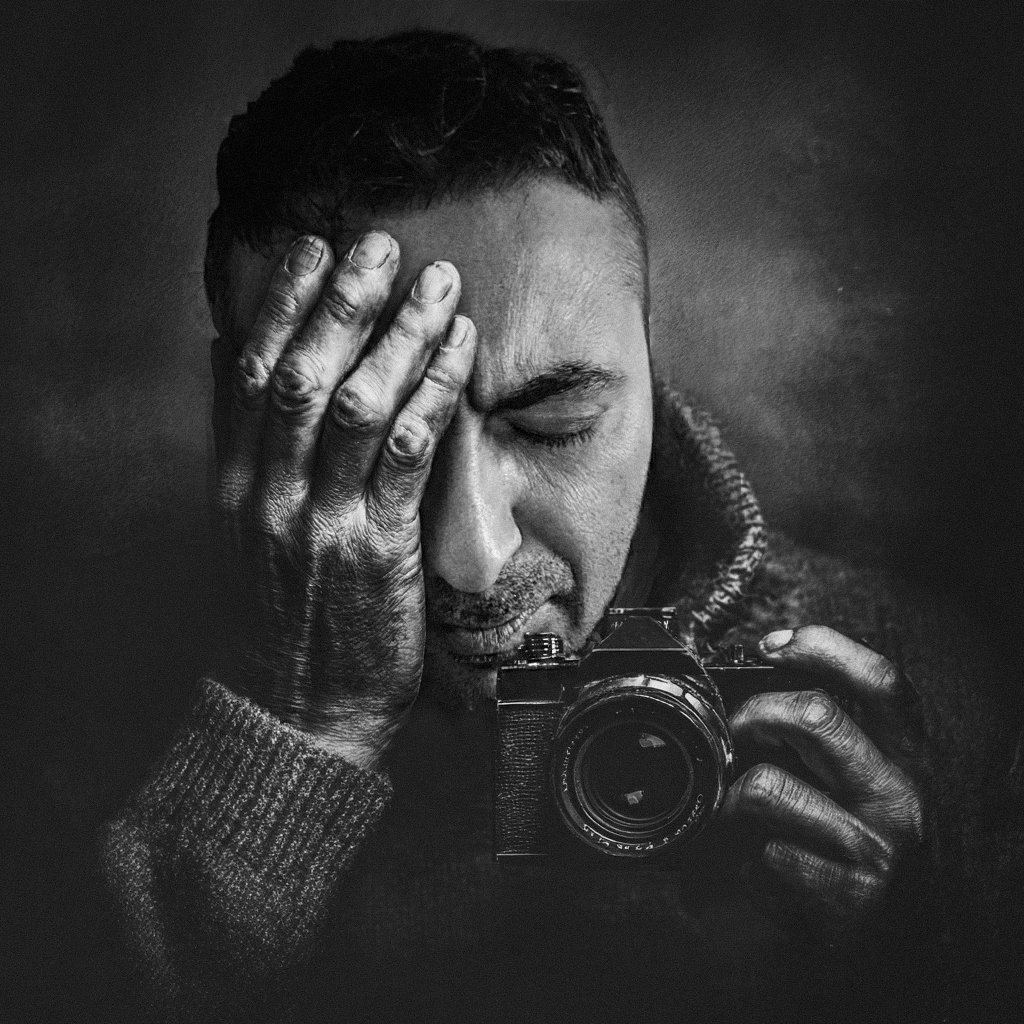
Hello!
My name is Marco Antonio P.R.
I am a young digital artist, I live in Spain and this is my official website where you can find a sample of my latest creative works.
The image belongs to a long artistic tradition that reflects on vanitas, the fleeting nature of life and the inevitability of death. From Baroque still life paintings with skulls and hourglasses to contemporary artworks using organic remains or decaying materials, the theme of death has served as memento mori, a constant reminder of our mortal condition.
In contrast to traditional representations, this work is presented in the context of digital art, a relatively new field that has radically transformed the production and reception of art. Digital art, born in the late 20th century with the emergence of the first personal computers and the development of graphic design software, is characterized by the use of digital technologies as a means of creation and exhibition. This new medium has allowed artists to explore new forms of expression, from the creation of generative images and 3D animations to virtual reality and interactive art.
Philosophically, the image raises an interesting tension between the natural and the artificial, the organic and the digital. The skull, an archetypal symbol of nature, is presented with an aesthetic that suggests erosion and decomposition, natural processes that transform matter over time. However, this representation is made through digital means, creating a kind of “digitalized nature” or “simulated nature.” This contradiction invites reflection on the relationship between humans and technology, and on how technology can mediate our perception of nature.
This contrast between the natural and the artificial can be related to Jean Baudrillard’s concept of simulacrum, where representation precedes reality, creating a hyperreality where the distinctions between the real and the simulated fade. It can also be connected to the concept of techno-nature, explored by authors such as Donna Haraway, which examines the complex interactions between technology and nature in the contemporary world. In the field of digital art, artists like Refik Anadol explore the intersection between artificial intelligence and nature, creating works that visualize natural data through algorithms and complex visualizations.
Title: “Memento Naturae Digitalis”
Description: The image presents a skull depicted with a texture that imitates eroded wood or weathered stone. The details are meticulous, showing cracks, crevices, and irregular surfaces that give the impression of an old object subjected to the effects of time. The color palette is monochromatic, with gray and white tones that reinforce the feeling of coldness and austerity. The lighting is soft and diffused, creating subtle shadows that model the shape of the skull and accentuate its volume. The composition is simple and direct, with the skull occupying the center of the image and a neutral background that does not distract the viewer’s attention. The image appears to have been created with 3D modeling software and rendered with techniques that simulate natural materials. The high resolution allows one to appreciate the complexity of the textures and the precision of the details.
Author: Marco Antonio P.R.
March 20, 2024